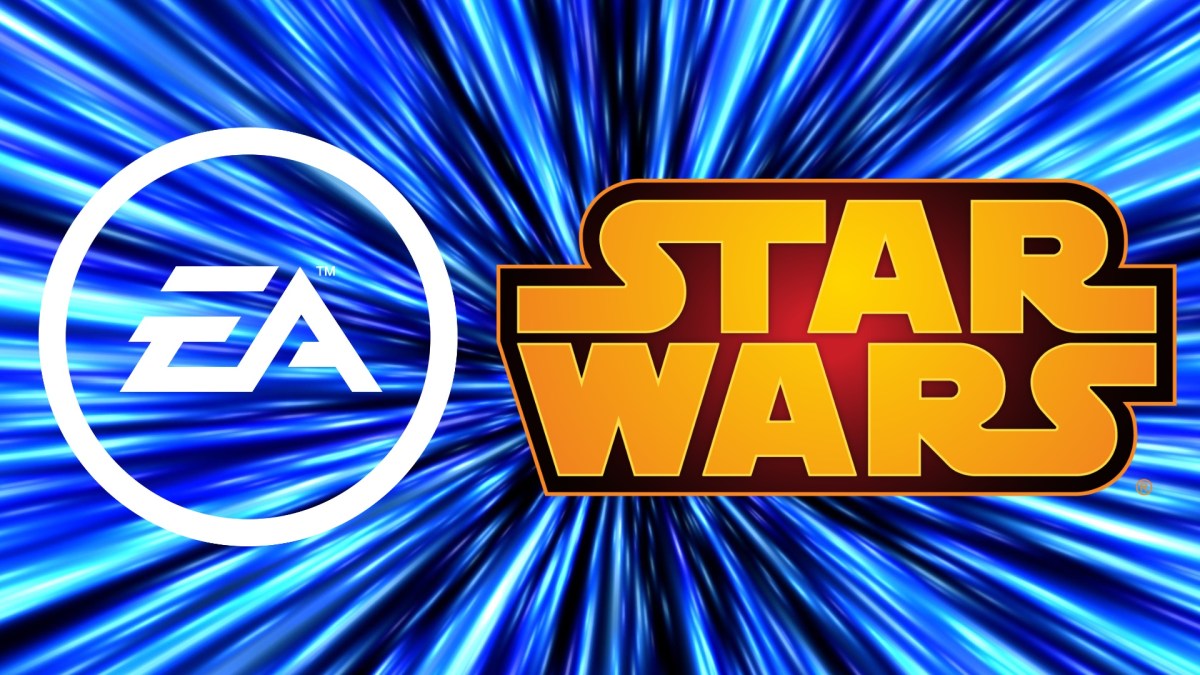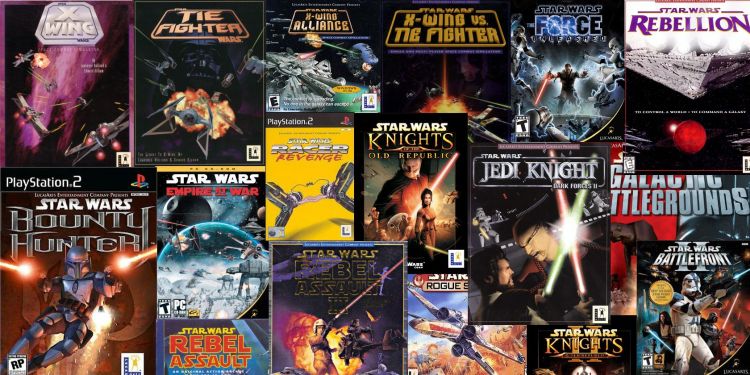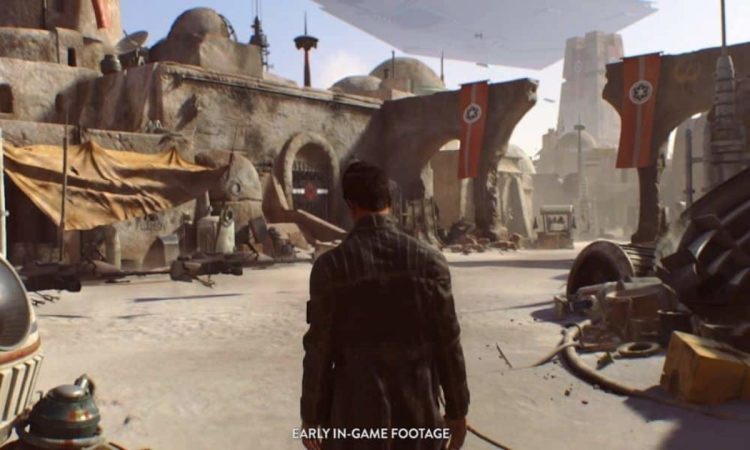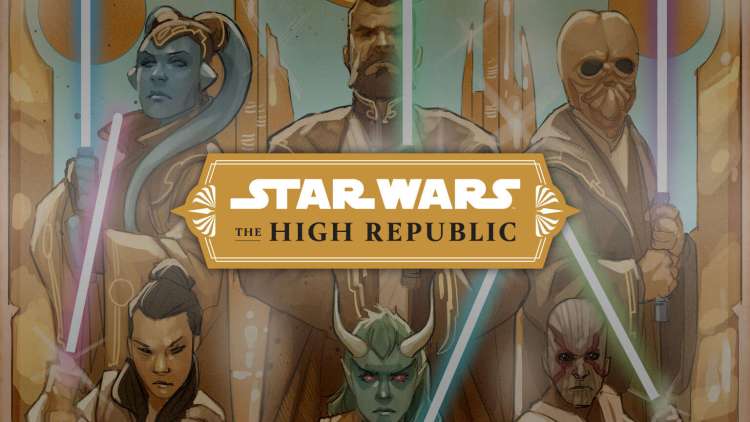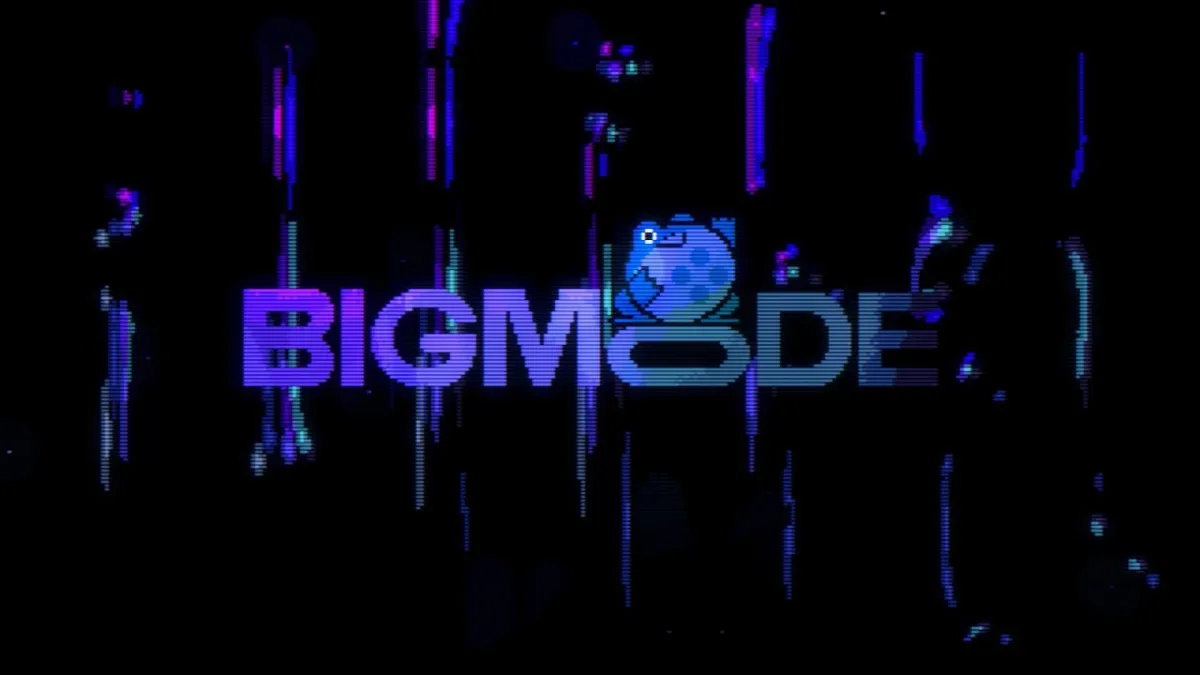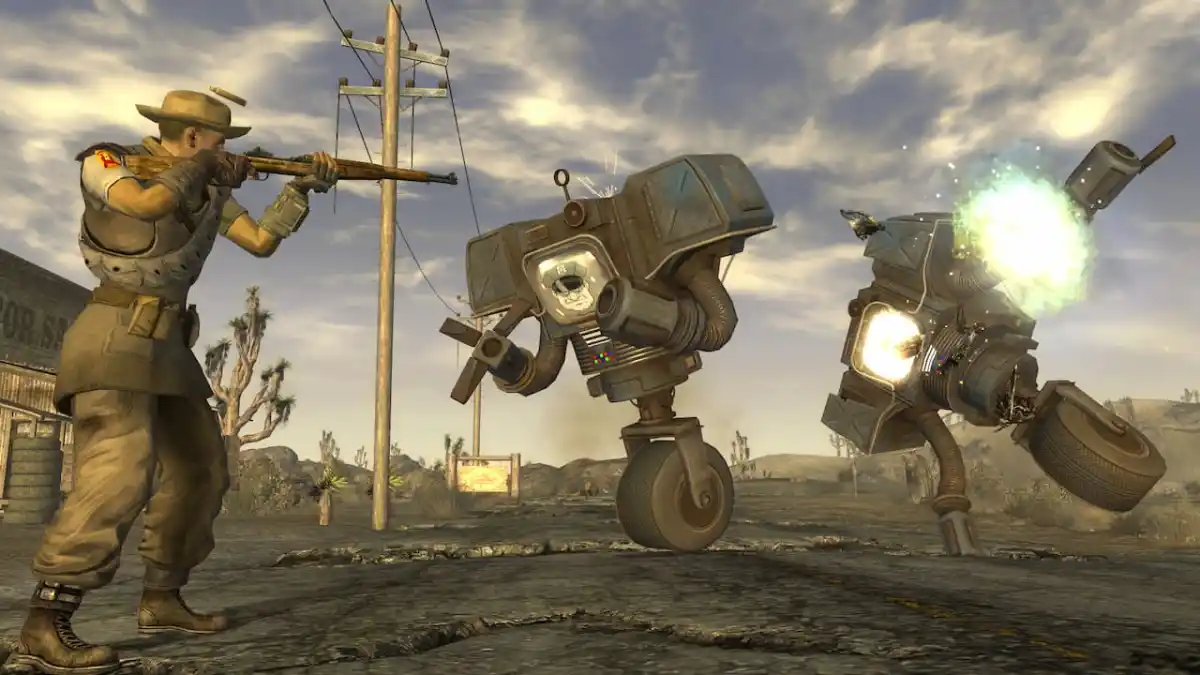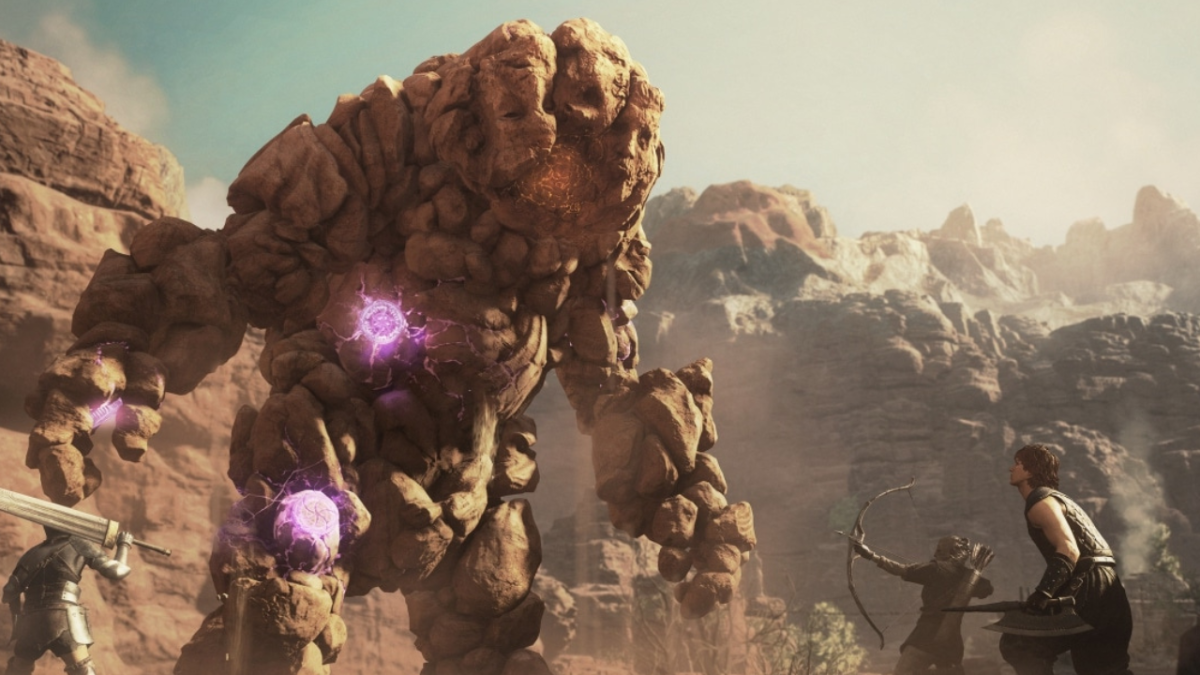I have been a Star Wars fan for as long as I can remember. My earliest Star Wars memory is probably when a friend at infant school brought in a Darth Vader toy. Soon after this I found a bashed-up picture book version of Return of the Jedi in the school library and was transfixed by the images I saw. Since then, I have been a devout fan of the franchise. I have seen all the movies at the cinema. Owned them all on DVD, Blu ray, and now 4K Blu ray. There have been highs and lows, but I have stuck with the series.
Ever since I owned a console, I have played Star Wars video games. The Nintendo 64 was my introduction to gaming and I spent many hours playing Rogue Squadron and Episode 1: Racer. I have played nearly every Star Wars video game since (I drew the line at Kinect Star Wars). However, for such a beloved franchise, there haven’t been as many digital adaptations as you would expect. Disney clearly realized this, and after acquiring the rights to Star Wars, quickly signed a deal with Electronic Arts. With EA putting out regular versions of all its franchises, surely, we would now get Star Wars games on the regular. Well, seven years into their 10-year exclusivity deal, we have now had four releases and results have been… mixed, to say the least.
The Battlefront of content and monetization
The first two games EA brought out were Star Wars: Battlefront and Star Wars: Battlefront II. This seemed like a smart move. Revive a fan-favorite franchise and modernize it with cutting-edge graphics. The original Battlefront games were Star Wars-themed rip-offs of the Battlefield series. So, it made sense to get the developer of Battlefield to create the new version of Battlefront. DICE managed to crank out the game in a couple of years so it could launch alongside the release of Episode VII – The Force Awakens. As you may expect for a game developed so quickly, there wasn’t much content on offer at launch. There was no single-player component. This was a multiplayer-only game and there were just 12 maps at launch. More content was released after launch, but it was locked behind a season pass that cost almost as much as the “full” game.
Electronic Arts has made quite a name for itself in terms of aggressive monetization, and Star Wars: Battlefront was no different. However, it was nothing compared to the predatory nature of its sequel. While this follow-up may have added a single-player campaign and a decent number of multiplayer maps at launch, it also had something else: loot boxes. And being from EA, these weren’t loot boxes just for cosmetics. No, these allowed you to pay to win and to skip an unnecessarily lengthy grind to get improvements to characters. It got to the point that even politicians were criticizing the game, describing it as an “online casino.”

Profit vs. Art
There is always going to be a push and pull between art and profit in the video games industry. A game’s creators wants to share their vision in as uninhibited a way as possible. The publisher of a game needs to make as much money from each release so it can appease its shareholders. The balance of power is nearly always in favor of the publisher. When the developer/creator is a subsidiary of the publisher, all of the power is with the publisher. And when the publisher is as brazen and aggressive as Electronic Arts, things are going to get pushed too far. That was certainly the case with Star Wars: Battlefront II.
After receiving criticism from not just the games media but mainstream news channels and politicians, EA backed down. Not only did it remove the ability to buy loot boxes with real-world money (well, in-game premium currency bought with real-world money), but it rebalanced the game so it didn’t require such a ridiculous level of grinding to unlock everything.
One project that was victim to Electronic Arts’ desire to make as much money as possible rather than create art was Project Ragtag. While the project (which was spearheaded by Amy Hennig with Visceral Games) clearly had issues, some of these were down to multiplayer ambitions and replayability of a linear single-player game forced upon it by the publisher. The general premise of the game sounded intriguing, and numerous employees of Visceral have praised Hennig’s vision and story for Project Ragtag. The fact that the remnants of the game were handed over to EA Vancouver, which was going to make a ‘game as a service’ title with it, says a lot about the priorities of Electronic Arts.
Respawn Entertainment and Jedi: Fallen Order
Alongside its aggressive desire for monetization and reliance on established IPs, Electronic Arts is also known as a devourer of development studios. There is a long list of well-known studios EA has acquired or created only to run them into the ground. This list includes Visceral Games, Pandemic Studios, Bullfrog Productions, Mythic Entertainment, Westwood Studios, Black Box Games, and many others. This track record gave fans pause when the publisher acquired Respawn Entertainment. The studio formed by the creative leads behind the Call of Duty franchise and whose first project, Titanfall, was a favorite with fans. This was particularly impressive, as it was only formed seven years (and two games) before Electronic Arts acquired it.
Whether it’s because it arranged some sort of independence during the buyout, or EA has seen the error of their ways, Respawn has thus far managed to create the games it wants to make with seemingly little interference from its parent company. When it was announced that it was making a Star Wars game, there was both excitement and trepidation. A Respawn take on the galaxy far, far away could be amazing, but EA could cripple it with microtransactions, loot boxes, or even forcing the developer to use the Frostbite game engine. Thankfully, fears were relieved when it shipped Star Wars Jedi: Fallen Order. This was a single-player action-adventure game with no aggressive monetization or enforced multiplayer mode. It went on to be both a critical and commercial success.
Squadrons and what else?
Last week saw the release of the latest Star Wars title from Electronic Arts. Star Wars: Squadrons is a space combat game set after Return of the Jedi. Development was undertaken by Motive Studios which had previously created the single-player campaign for Battlefront II as well as assisting Visceral Games with Project Ragtag. The game’s getting pretty good reviews from critics and fans. It is a budget title, so it’s going to get some slack for its failings. Personally, I find it to be a VR title that has been ported to other systems. I’m sure it is amazing when playing in VR, but on a standard screen it feels, well, flat. It’s not a bad game, though. And thankfully it is free of any excessive monetization. My biggest issue with the game though, is it’s not a patch on previous favorites like Rogue Squadron or the X-Wing games.
With this latest release, we’ve gotten four games in the first seven years of EA’s exclusive licensing deal. That doesn’t sound too bad, except that this is from a publisher, not a single developer. What’s more, they’re made up of one barebones release, a Star Wars “casino” that masqueraded as a video game, one great game, and a VR title shipped for wide release. This just simply isn’t what the Star Wars license deserves. There are three years left on the current deal. If EA is going to keep the exclusive license, it really needs to bring its A-game in the next few years. While I am happy to see a sequel to Fallen Order and will give another Battlefront game a shot, I feel EA needs to do more than this to warrant exclusivity.
A future time in a galaxy where we are
What games should be released? Well, something like the cancelled 1313 or Project Ragtag would be great. A single-player experience in the Star Wars universe that eschews overpowered Jedi or overly-familiar characters would be welcome. It doesn’t have to stay away from everything we know about Star Wars. A good example would be Rogue One. It introduced some great characters whom we’ve never seen before. The story was something that had been mentioned in other films, but we really didn’t know that much about it. Alternatively, if developers are going to use known characters, how about more ancillary characters? How about a game where we play as Greedo hunting down Han Solo? Or what about playing as one of the bounty hunters that isn’t Boba or Jango Fett?
Of course, the obvious choice is the one that we haven’t heard any rumors about. Electronic Arts owns BioWare, which made one of the best Star Wars games ever. Why don’t they give us a new Knights of the Old Republic game? I think most of us would even be happy with a remake of the original. Keep the superb story, but with the power of modern platforms, it would be possible to make it a true action RPG. Instead of queuing up moves, you could just perform them. If BioWare doesn’t want to redo the same thing, maybe it could use the new High Republic scenarios that have just been created in the new books. Knights of the High Republic would still sell very well and scratch the same itch.
Do it
If Electronic Arts is going to hold on to the Star Wars license, it needs to do more with it. If the publisher is not going to do more, then it either needs to drop the exclusivity or the license altogether. For such a big company (EA owns over 20 studios), four games (two of which weren’t really full games) is not enough. At least, it isn’t for such a beloved franchise. There is an almost insatiable desire for great Star Wars games. Unfortunately, Electronic Arts has failed to meet the demand. The company may say that it tried, and projects have failed. But in the words of a kindly, short, green alien: “Do or do not, there is no try.”

